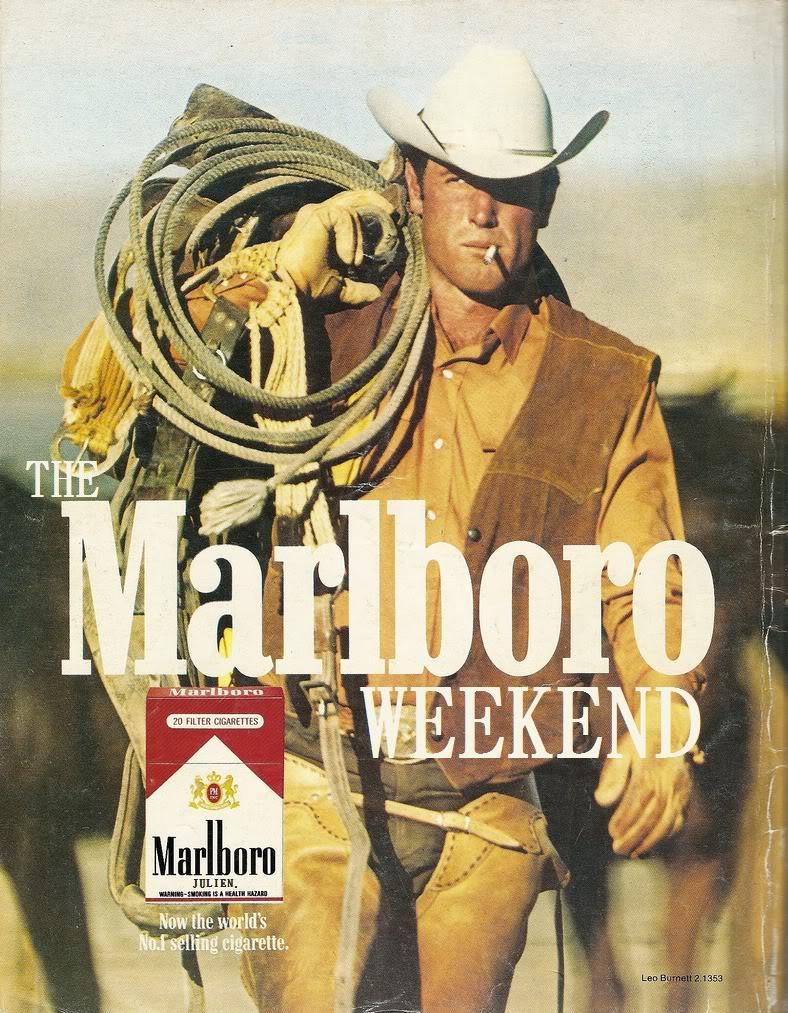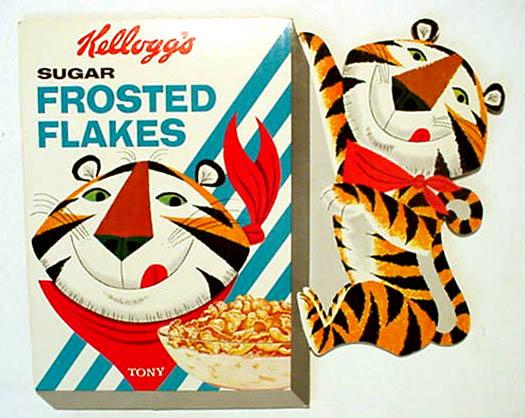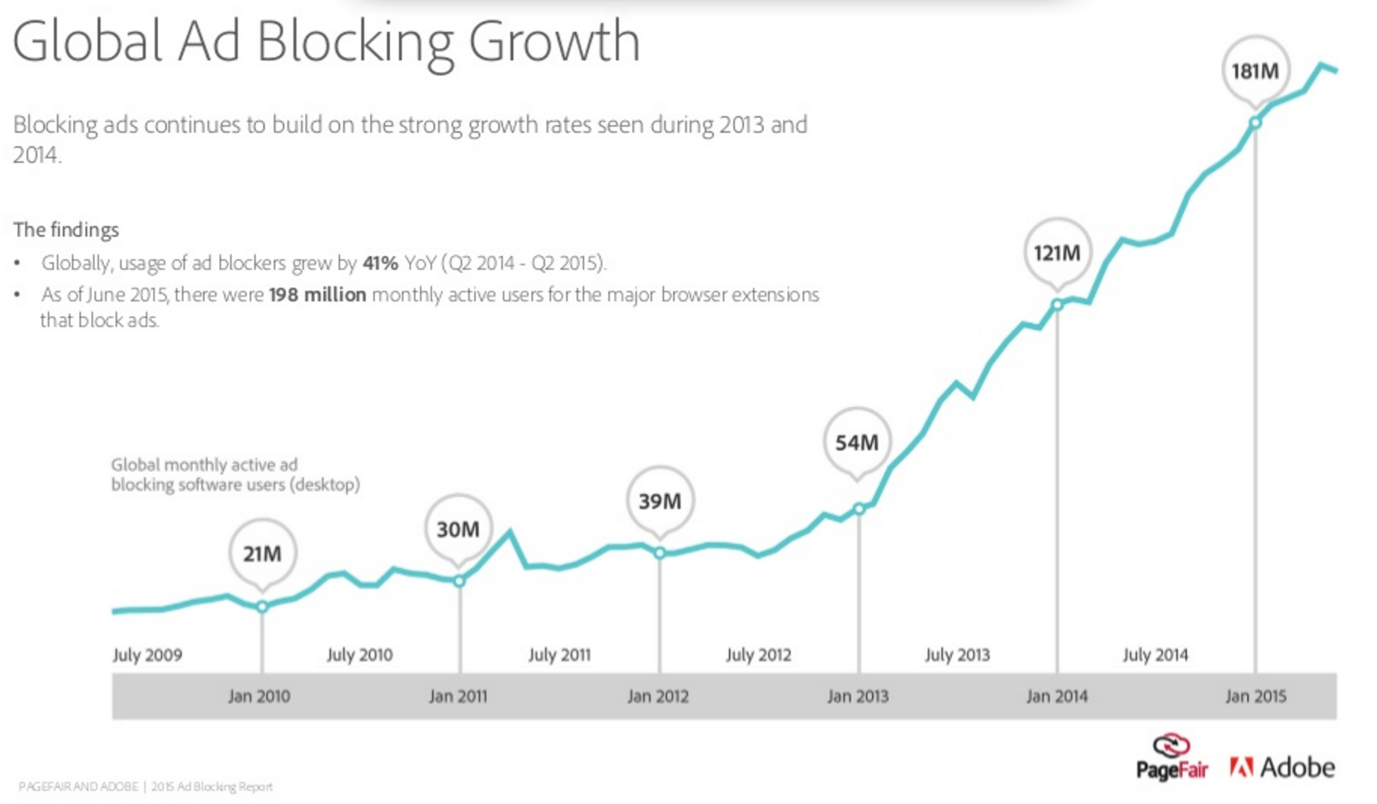This research presents the history of marketing, mass communication, and advertising. Additionally, it presents a profile of seven innovators in the advertising space over the years. These individuals were critical in the advancement of technology, inventions, and ideas that propelled the advertising industry into a new dawn.
Table of Contents
HISTORY OF MARKETING
Began in the Industrial Revolution
- During the industrial revolution, there were relatively few producers, which means that all goods produced would sell quickly. The greater focus was on distribution, new markets, and lower costs.
- Advances in the scientific and technological industries resulted in the production of goods. People did not need to make what they needed for themselves. Mass production was focused on meeting the needs of consumers.
Sales Orientation Era
- At the start of the 20th century, especially after WWII, competition rose, intensifying the sales orientation era, which resulted in the emergence of communication, advertising, and branding. Marketing was a slave to production, but its focus was on distribution, communication, and persuasion. These efforts were to demonstrate that one manufacturer’s goods were better than its competitors.
Marketing Orientation Era
- The marketing orientation era began in the 1960s where the market remains the same but it has now been saturated. This intense competition for customers has resulted in the sophistication of marketing management with strategic involvement at the leadership level. Modern marketing teams research both their competition and their customers.
Strategic Branding
- Around the 1990s, the marketing of products and services evolved into brand development. Companies could now offer high-quality products by building a strong brand. They could also increase their profit margins as they improved their reputation. As a result, private label companies were able to increase their market share by 49%.
Internet Marketing and SEO
- In the late 1990s, some companies already had websites, which primarily contained informative text that focused on the products and/or services provided. As the use of the web and online tools expanded, online marketing began to flourish.
- The first-ever online marketing campaign was by Bristol-Myers Squibb. This allowed the company to increase its customer base by several thousands. Today, a lot of money is spent on online marketing. Tools such as SEO and features such as online blogs consist of vast possibilities when addressing online marketing in today’s world. Social media sites have also played a great role in today’s marketing efforts.
HISTORY OF ADVERTISING
The Antique Period
- Although history does not give an exact date when advertising began, the earliest forms were verbal. Sellers were known to shout out in ancient markets to advertise their products and services to customers as they pass by. With time, sellers realized that it was more efficient to place signage.
First Advertising Agency
- As advertising became a viable industry/business, individuals would increase their knowledge and skills and offer their specialist services. The earliest record of an advertising agency was as early as 1786. Newspapers were the first medium where this industry was extensively used. Until the emergence of TV in the 20th century, this medium of advertising had remained unchallenged and enjoyed the monopoly in terms of revenue.
First-Ever Written Advertisement
- Archaeologists discovered a written advert among ancient ruins in Egypt. This text revealed the use of advertising by that civilization. This papyrus was made in approximately 3000 BC to help a slaveholder find one of his slaves.
- The text mentioned his name, described him, and the reward for recovering him. Another papyrus that was found revealed that the slave was never found. There are also hints that pharaonic times also consisted of promoting branded clothing. The image below is one of these findings.

Traditional Advertising
- The golden era of advertising was somewhat a cultural expression. These were seen in the old TV adverts, billboards, and even infomercials over the radio. The very first TV advert was transmitted in the US in 1941: Bulova clocks and watches. This advert played just before a game between the Brooklyn Dodgers and the Philadelphia Phillies.
- Despite the tension that resulted from the Cold War, people were more optimistic as TV expanded. People felt connected with the actors/personalities used in these adverts. Such brands that were easily recognizable within the culture include the Marlboro Man. Another memorable fictional character is Tony the Tiger. Below is an image from both adverts.


Advertising Timeline
- This advertising timeline highlights important moments in the history of advertising from its inception to date. Until the internet came to disrupt this industry, TV, print, and the radio gradually advanced with brands standing out, prominent women making waves, and courts making decisions that continue to shape the ever-evolving industry.
- In the early 1990s, adverts showed up on the internet, asking for clicks. In 2008, adverts made it to social media.
Online Advertising
- In 2001, Google’s revenue was $70 million. By 2019, advertising grew the company’s revenue to over $134 million, contributing an estimated 71% of its total revenue.
- After buying Instagram for $1 billion, Facebook launched adverts on the same platform.
- In 2017, Facebook launched ads on its Messenger platform and introduced Instagram shopping.
- In 2020, Facebook Shops was launched.
- The image below represents the general share of mobile usage on various platforms.

The Consumer is the Focus
- Advertising has now taken a different approach. Adverts are no longer focusing on the product or the mentality. They are working to enhance a sense of community and brand awareness. The focus has shifted from the product to the consumer. By addressing the needs of the customer, the product is presented as a solution in meeting that need.
- Brands have to work hard to gain and build consumer trust, which can be tasking, as they have to go the extra mile. Consumers are now looking for solutions such as DIY that they can easily/readily implement. As such, brands are increasingly releasing content that would add value to consumers.
- Consumer-generated content has also seen an increase as consumers are involved in the process by interacting with the brand and giving honest feedback that is personalized. People tend to trust such content more than commercials.
Ad-Blocker Age
- Consumers are increasingly being put off by commercials that they have to sit through. Additionally, there has been an increase in the use of ad-blocker tools and also pay-to-stream platforms. Consumers are willing to incur a cost in order not to sit through adverts. The image below shows how ad blocking has increased over the past few years and the general trend for years to come.
HISTORY OF MASS COMMUNICATION
Definition
- Mass communication definition: “the process by which a person, group of people, or organization creates a message and transmits it through some type of medium to a large, anonymous, heterogeneous audience.”
Overview of Timeline
- Mass communication spans from prehistoric forms that were expressed in art and writing, basic printing that began in 800 AD, the printing press in the 1400s, weekly newspapers, the radio invented in 1895, TV invented in 1925, and the internet in 1990.
- Newspaper, radio, and TV have witnessed a steady growth in their audiences, starting from hundreds, to thousands, and eventually millions. The introduction of the internet into this space made the audience limitless. In 2018, four billion people across the globe already had access to the internet.
- Based on the definition, mass communication is a third-party connection that is dependent on mass media, which uses technology to develop, produce, and/or transmit.
Print Mass Media
- Print was the first mass medium. With the increase in literacy and the improvement of printing press technology, the print revolution continued over the years and into the 20th century. The demand for this was initially high in Europe, ahead of all other regions globally.
- Books also emerged as the main source of information that played a significant role in influencing culture and enhancing social transformation. Demand for books in the 1400s and 1500s was high in Europe. This trend spilled over to the US in the 1700s into the 1800s. As books increased in popularity with education systems established across the globe, today, they have also had to adjust to new technology and provide options that can reach the masses: ebooks. The consumer is shifting away from the traditional brick-and-mortar.
- As magazines and newspapers expanded, people opted to purchase these as they were cheaper than books. The very first weekly newspaper was started in 1631 in Paris. This trend slowly grew across cities, towns, countries, and continents. Germany was the first to start a daily paper in 1660.
- Recent decades have been tougher for newspapers and magazines. Those that evolved with the times and were able to establish an online presence are still able to grow their consumer base. Those that have failed to transition have seen a decrease in their reach.
Sound Mass Media
- Radio was the first sound-based medium. The telegraph, invented in the 1840s, was a way to transmit coded messages. This system of dots and dashes was a one-to-one communication feature. Initially, there was a need to establish an end-to-end cable connection, the wireless invention is what paved the way for radio technology.
- Governments and businesses soon saw the value in establishing a one-to-many application of the radio, which was eventually considered a household necessity in 1916. As radio continued to grow, online radio has now become a reality. This offers listeners more options and increases their reach beyond the radio technology range, availing their broadcast to a global audience.
Technology Leading to Visual Mass Media
- By the 1840s, photography was already in existence. By the late 1800s, photos were already in mass production, in circulation, and were used in print media. As technology advanced, inventions saw a combination of audio and visual, which was initially used to make movies. This movie technology is what quickly evolved into TV.
- Between the 1940s and 1970s, TV was at its golden age. Networks would generally transmit similar programming. The major networks were NBC, CBS, and ABC. Initially, producers stuck with what worked. There was very little movement, except a general gradual improvement in quality and technology, over the years. FOX was the fourth network that adjusted its programming to meet the needs of its target audience.
Cord Cutters and the New Challenge to Cable Television
- Cord cutters are primarily those who are now shifting from weekly programmed shows toward on-demand consumption. As the internet has expanded and content has become increasingly available, online subscriptions are cheaper than the monthly cable bill and have increased flexibility. Platforms such as Netflix have played a key role in this process.
The Internet and Digital Media
- Since its invention/implementation in 1990, the internet and digital media has increasingly adjusted to meet the needs of its consumers. Convenience has been a critical part of technological advancements, inventions, and startups, that are constantly disrupting several industries on a global scale.
Monetizing the Web: Entrepreneurship and Digital/Social Media
- Social media platforms can now be monetized and entrepreneurs have a new world in which they can grow their businesses. The internet expands their reach beyond their possible physical limitations. Additionally, accounts that have large follower counts have the ability to monetize their platforms. Brands are also looking out for influencers to create a more relatable marketing strategy.
ADVERTISING INNOVATOR PROFILES
#1. JOHANNES GUTENBERG
Profile
- Johann Gensfleisch zur Laden zum Gutenberg (full name) was born in the 14th century, and most probably died in 1468. He was a German craftsman and inventor. Elements of his invention increased efficiency in printing. He was the child of a patrician of Mainz. He was also a gem cutter and trained others in this skill.
Accomplishments
- His greatest accomplishment was printing the Bible in Latin. He printed 200 copies in three years. This was a miraculous speed and a great accomplishment. His invention was not profitable until a distribution network for books was set in place. Unfortunately, he died poor after his machines were impounded by creditors.
Impact on Advertising
- In 1440, Johannes Gutenberg invented the use of the printing press. In that period, word-of-mouth was the main method of advertising. Block printing was widely used at that time, which was done by carving a character in a block of wood. By introducing the printing press, Gutenberg paved the way for the use of materials that are now used in business and advertising.
- This paved the way for the first form of mass media publishing: newspapers.
#2. BENJAMIN FRANKLIN
Profile
- Benjamin Franklin was born in Boston in 1706 as the youngest son of 17 children. His father had seven children with the first wife and 10 with the second.
- Although he learned how to read Latin from an early age, he left school at the age of 10 and joined his father in his craft of candle and soap shop. At 12 years, he joined his brother to help run the print shop. Here, he was able to learn a lot more about newspapers, publishing, and learned a lot more about politics.
- By adopting a new name, Mrs. Silence Dogood, 16-year-old Franklin was able to get his articles published, even though his brother refused to do so. After growing weary of his brother’s ill-treatment, he fled Boston, three years shy of his binding legal contract with his employer.
Accomplishments
- Franklin was the first to create and publish a political cartoon in the US.
- He was propelled further into fame by his annual release of the Poor Richard’s Almanack, which ran for 25 years. He also invented the lightning rod, bifocal lens, among others.
- He repealed the Stamp Act and was also part of the 5-person team that drafted the US Declaration of Independence.
- Due to his numerous contributions to the United States, he is sometimes described as “the only president in the history of the US that was never president.“
Impact on Advertising
- Beyond figuring out electricity, Franklin was a major contributor to the advertising industry. In 1741, he pushed to put up an advertisement in the very first magazine: The General Magazine. Franklin’s contribution is around the magazine and incorporating design. Since adverts did not already exist, this gave him room to be creative and innovative.
- The content he wrote for local retailers was excellent. Beyond that, in the Pennsylvania Gazette, his use of various design elements was revolutionary. These elements include illustrations, typography adjustments, and white space.
#3. PHINEAS TAYLOR BARNUM
Profile
- Barnum was born in 1810 and died in 1891. He lost his father at the age of 15 and had to take on the role of providing for his mother and five siblings. Eventually, he became the publisher at Herald of Freedom. At 19, he got married and eventually had four daughters.
- He moved to New York City in 1834, where he began his vocation as a showman in 1835.
Accomplishments
- He employed sensational presentations to increase traffic toward events and locations such as the museum, musical concerts, among others. By working together with James A. Bailey, he was able to popularize the American circus.
Impact on Advertising
- P.T. Barnum founded the Barnum & Bailey Circus. Before that, he owned a museum where he used gag signs to mislead people and make more money. The most famous one read “This Way to the Egress,” which led people back out, making them pay again for re-entry into the museum.
- By using clever and misleading advertising, he introduced the concept of deception and exaggeration, which became increasingly popular, and is still used to this day.
#4. F. WAYLAND AYER
Profile
- Ayer was born in 1848 and died in 1923. He was an advertising pioneer. His father was a lawyer who chose to teach, giving up his practice. During his temporary job as an advertising solicitor, he quickly recognized the immense potential in advertising and convinced his father to sell his school and set up an agency with him.
- Ayer stabilized advertising and made it respectable, attracting notable clients such as the American Telephone & Telegraph Company, W.K. Kellogg Company, Steinway & Sons, E.R. Squibb & Sons, among others.
Accomplishments
- He introduced the “open-contract-plus-commission” plan which changed how agencies would operate. Although it put him at a disadvantage, he created a business plan that ensured that his clients got the best out of advertising spaces.
- In 1869, Ayer founded N.W. Ayer and Son using all his savings ($250). At the young age of 21, he was not the only one that owned an advertising agency. However, he was the first to introduce certain functions in an advertising agency.
Impact on Advertising
- Although all other agencies would simply buy space in newspapers and magazines and sell them to companies, Ayer took this to the next step by planning, designing, and copying these adverts, similar to what companies do today. Ayer offered competitive rates with his “open contract” and introduced the 15% commission, which has become a standard to date.
#5. HELEN LANSDOWNE RESOR
Profile
- Resor was an American businessperson, born in 1886, and died at the age of 77. She was married to Stanley B. Resor, and they had a son, Stanley R. Resor, who was the Secretary of the Army between 1965 and 1971.
- Resor was listed in the Advertising hall of fame in 1967 by Advertising Age. This list consisted of the top 100 people that have been most influential in this industry during the 20th Century. Her name was 14th on that list.
Accomplishments
- Resor was a top executive in an advertisement agency and was responsible for introducing sex appeal in marketing.
- The New York Herald Tribune recognizes Resor as the greatest copywriter of her time. She was an executive at J. Walter Thompson Co. and was the first person to use sex appeal in advertising. She was also the first woman who successfully planned and executed adverts that were used nation-wide and globally.
Impact on Advertising
- The most notable advert was for Woodbury Soap. The campaign that ran in 1910 used the phrase “A Skin You Love to Touch.” This campaign was evidently impactful as the company was selling 20 times more products by 1921. This introduction was shocking then, although, today, many products use this tactic and the public is already desensitized to them.
#6. WILLIAM BERNBACH
Profile
- William Bernbach was born in 1911 and died in 1982. He was an American advertising executive and copywriter. As a son of a clothing designer, his interest in art and verse was nurtured. He went to school in New York and earned a B.A from NYU. Once he graduated, he was employed in the mailroom of Schenley Distillers. He submitted an advert which was accepted for merit and was published verbatim.
- His job experience continued to pick at his interest in advertising graphics. After WWII, he took on the role of a copywriter at Grey Advertising. This is where he met Maxwell Dane and they partnered to form Doyle Dane Bernbach. This partnership was focused on brands/companies and their brand image.
Accomplishments
- Bernbach was the Chairman & CEO of Doyle, Dane, Bernbach (DDB).
- He also received several awards for his contributions to the advertising industry. These include
- Copywriters Hall of Fame: 1964
- The Man of the Year of Advertising Award: 1964 and 1965
- The Pulse Inc., Man of the Year Award: 1966
- Named “Top Advertising Agency Executive”: 1969
- The American Academy of Achievement Award: 1976
Impact on Advertising
- Bernbach, referred to as the original mad man, broke the rules of advertising. One example is using short phrases that are memorable instead of long copy, which was widely used by other advertisers. He believed that shorter text would be more effective.
- He mentioned in an interview that his lack of education contributed to his success because he had the opportunity to be original and fresh. He stated that once one becomes a slave to the rules, they would do what everyone else does, whereas, in the world of advertising, the main aim is to stand out and be visible.
- He is also well-known for the phrase “Nothing makes a bad product fail faster than a great advertising campaign.” He primarily focused on product quality. As a result, DDB, the advertising agency, only took up clients/products that were of good quality.
#7. DAVID OGILVY
Profile
- Ogilvy was born in 1911 and died in 1999. He was a businessman and an advertising executive. He has had three wives and one child: David Fairfield Ogilvy.
- Ogilvy is referred to as the Father of Advertising because of his innovative ideas.
Accomplishments
- He was an author of several books that are a must-read for anyone in the advertising industry and his most known book is the one titled ‘Confessions of an Advertising Man’. Additionally, his books have been translated into various languages and have been distributed all around the world.
Impact on Advertising
- Ogilvy also referred to as the father of modern advertising, founded his own agency in 1948: Ogilvy & Mather. His singular objective was how to conduct advertising with the focus of selling. By analyzing the innovators of the past, he was able to bring truly unique ideas.
- Because of being an international success, his books on advertising, his principles, and his ideas are now the staple text that is used in classrooms. Additionally, his agency was the first-ever foreign advertising company to make moves in the Societ Union.




